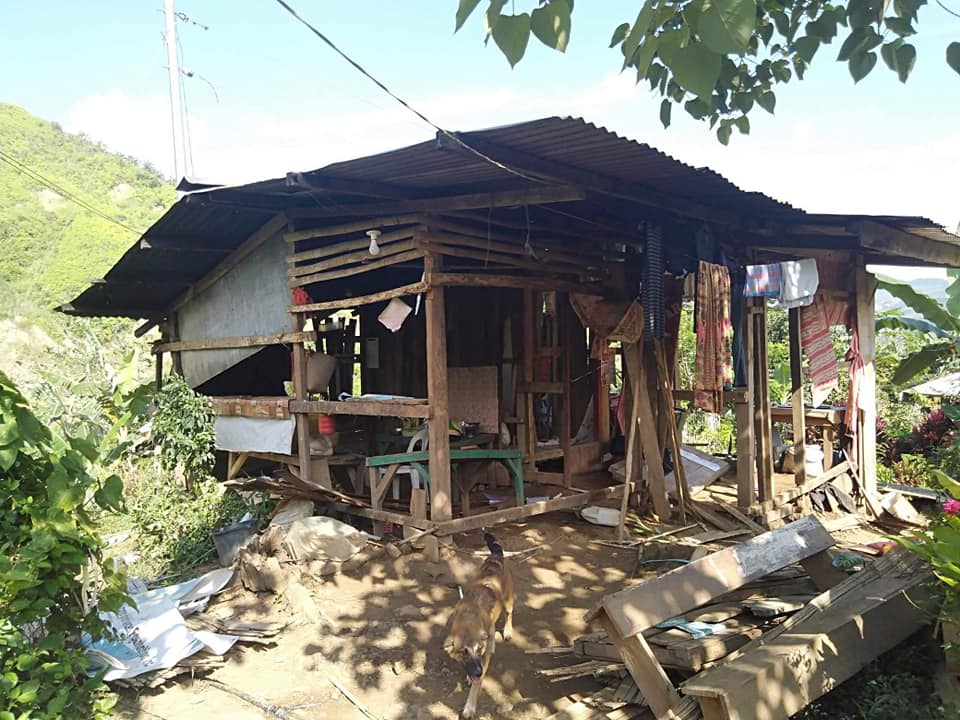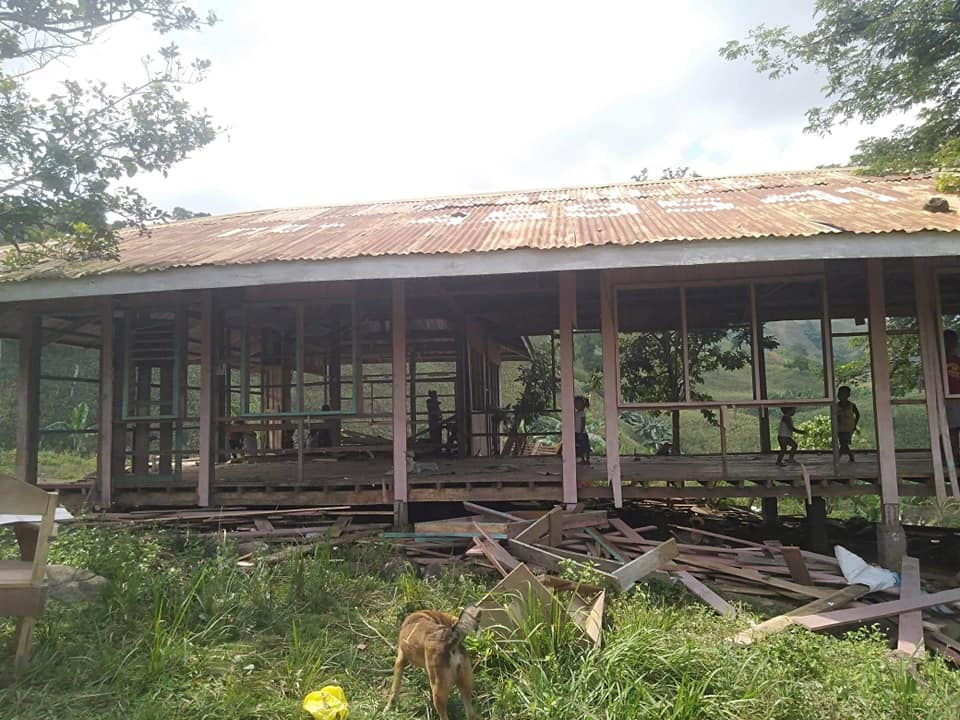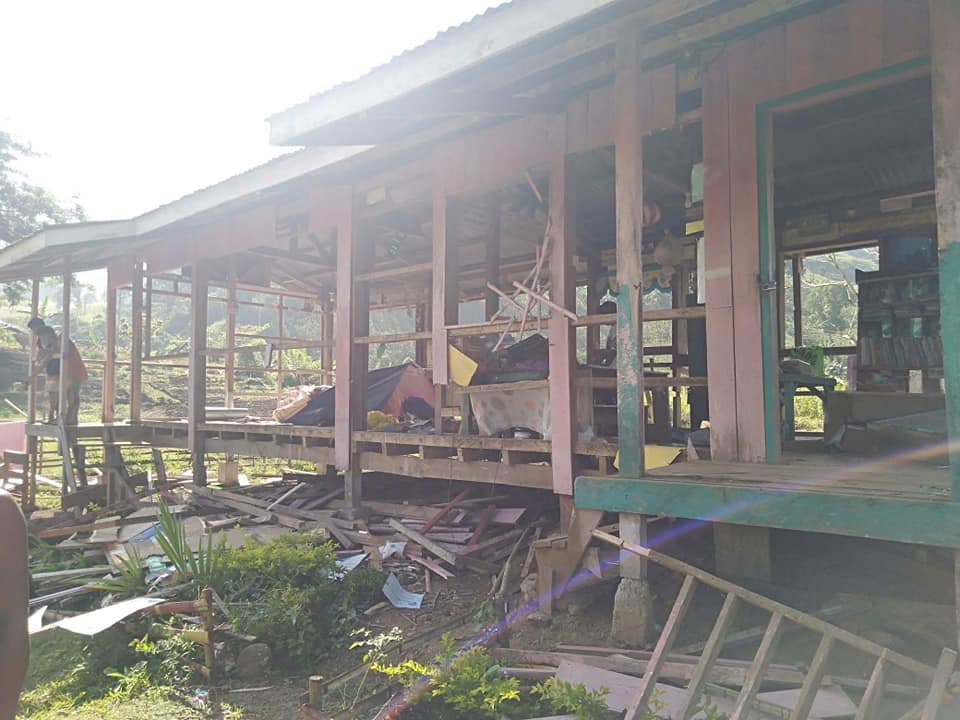by Jose Lorenzo Lim
The Philippine economy contracted 16.5% in the second quarter of 2020 which was attributed mainly to declines in manufacturing, transportation and storage, and construction. The Duterte administration is counting on infrastructure to stimulate the Philippine economy’s recovery. To do this, the Development Budget Coordination Committee (DBCC) is allotting Php1.1 trillion for the government’s infrastructure budget in 2021.
Are the planned infrastructure projects really what the economy needs right now after everything that’s happened this year? How much of the infrastructure helps fight the COVID-19 pandemic? Or is the government just building the same road and transport infrastructure from its pre-pandemic plan?
Unchanged priorities
Long before COVID, the Duterte government’s Build, Build, Build (BBB) Program planned Php8-9 trillion in infrastructure projects from 2017-2022. This included supposed high-impact projects such as railways, urban mass transport, airports and seaports, roads and bridges, and “new and better cities”.
The government’s priority for such infrastructure projects and economic infrastructure stays, as reflected in the proposed 2021 budget. The budget for the Department of Public Works and Highways (DPWH) is Php613 billion for roads (Php59 billion), bridges (Php157.4 billion), and flood management projects (Php125.8 billion). There are also allocations for local programs (Php176.1 billion), and the convergence and special support program (Php50.2 billion).
Interestingly, Php23.9 billion of the convergence and special support program is for access roads leading to tourism destinations, Php1.9 billion on access roads to airports, and Php2.5 billion on access roads to seaports.
The Department of Transportation’s (DOTr) proposed 2021 budget meanwhile spends Php107.4 billion on railways, aviation, and maritime infrastructure programs. Of this, Php107.2 billion will be spent on railways. The Rail Transport Program includes projects from the 100 infrastructure flagship projects (IFP) such as Metro Rail Transit (MRT) 3 Rehabilitation, the Metro Manila Subway, North-South Commuter Railway System, and the PNR South Long-Haul Project. The DOTr also proposes Php1 million on aviation infrastructure and Php166 million on maritime infrastructures.
The National Economic and Development Authority’s (NEDA) 100 IFP list includes 15 infrastructure projects targeted to be completed in 2021 worth Php181 billion. Eleven of these are in the transport and mobility sector, one is in information technology, one is in urban development and redevelopment, and two are for water resources. This affirms transportation and mobility as BBB program priorities.
However, the infrastructure priorities are puzzling and the government seems to be getting ahead of itself with all that interconnectivity infrastructure.
As it is, the coronavirus still hasn’t been contained over seven months since the pandemic broke out in the country. Many businesses aren’t able to reopen and many families are still jobless or have low incomes even with lockdown restrictions eased. It is not just unclear but actually doubtful that many of the infrastructure projects proposed will help all those who will remain distressed next year.
The pandemic also exposed how inadequate the country’s public health system is. First, in containing the pandemic with insufficient mass testing, contact-tracing, isolating and smart quarantining. And, second, in treating all COVID-19 and non-COVID-19 patients needing health care.
Health neglect
What is the state of the country’s health facilities? Government data shows that there are 1,236 hospitals as of 2017, 65% of which are private-run. Privatization has resulted in there being more private hospital beds (54,317) than public hospital beds (47,371) as of 2016.
These private hospitals that dominate the country’s health system are the same ones that are now charging exorbitant rates to COVID-19 and non-COVID-19 patients to attain their desired profitability. For them, health care is about returns to investment more than returning the sick to good health.
Privatized health is also the reason why bed capacity is falling further and further behind the country’s needs. For a profit-seeking hospital, excess bed and healthcare capacity is in effect idle capital and correspondingly a drain on profits.
The Philippines has never reached the World Health Organization’s recommended ratio of 20 beds per 10,000 population. Philippine Statistics Authority (PSA) data shows that the situation has even worsened from 14.4 beds per 10,000 population in 1990 to only 9.9 beds per population in 2014. In terms of community health services, only 47% of barangays across the country had health stations in 2018.
The country is very much in need of healthcare workers as well. The PSA reports a ratio of one government physician to 33,000 Filipinos, which is far from the WHO-recommended 1:1,000 doctor to population ratio. The number of public health nurses is also concerning at a ratio of 1 to 50,000 Filipinos. Add to this how Filipino health frontliners are themselves succumbing to COVID-19 due to poor working conditions and lack of equipment, facility, and financial support. The dearth in health facilities and health care workers will persist if the government continues to neglect the health sector.
Has the government’s infrastructure program been adjusted to meet deficiencies in health infrastructure highlighted by the pandemic? The government has actually touted some health-related infrastructure to help fight COVID-19.
The latest IFP list is yet to be released. In a recent interview though, Secretary Vince Dizon, Presidential Adviser for Flagship Programs and Projects, announced that 8 projects that could not be completed anytime soon had been taken out from the 100 IFP. These were replaced by 13 projects related to the digital economy, water projects, and healthcare.
Dizon said that the most important healthcare project is the Virology Institute that would be built in New Clark City. A Virology Institute could really complement the Philippine healthcare system, if only there were enough healthcare facilities to begin with. But the opposite is true.
A look at the Department of Health’s (DOH) proposed 2021 budget shows that the Health Facilities Enhancement Program (HFEP) only gets Php4.8 billion. This is a huge cut from its Php8.4 billion budget this year and especially compared to its Php30.3 billion budget in 2018.
The proposed HFEP budget is just as much as the DPWH’s Priority Bridges crossing Pasig-Marikina River and the Manggahan Floodway Bridges Construction Project valued at Php4.8 billion, which is just one of the agency’s projects in Metro Manila.
The country needs more health infrastructure more than ever. COVID-19 and non-COVID-19 wards are overwhelmed yet the government decides to slash the budget for health facilities and still prioritize economic infrastructure in the form of roads and bridges. Many other essential elements of the health budget are also being defunded in 2021.
Time to reprioritize
The onslaught of COVID-19 exposes the insensitivity of the Duterte administration and how irrelevant the BBB program is in meeting the country’s most urgent needs. Health infrastructure clearly needs to be expanded.
Yet the priority is still disproportionately for infrastructure projects supporting the profit-making of transport contractors, foreign transport sector firms, and corporations in the service- and trading-oriented sectors of the economy.
The government has to invest much more in strengthening the public health system, in building public health facilities, and in advancing health research and development. Health care workers also need to be protected, paid decently, and supported to be able to give Filipinos the quality and affordable health care they deserve. #




